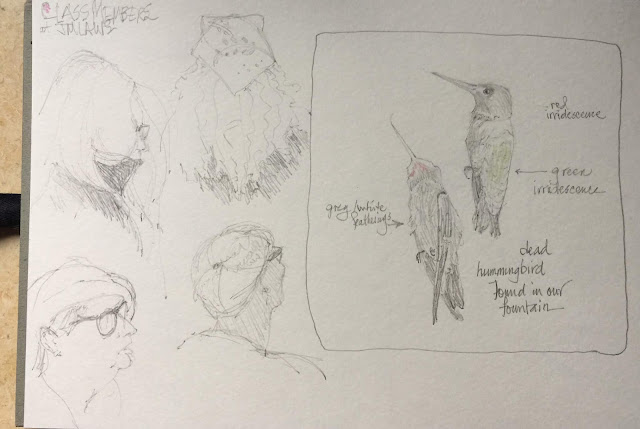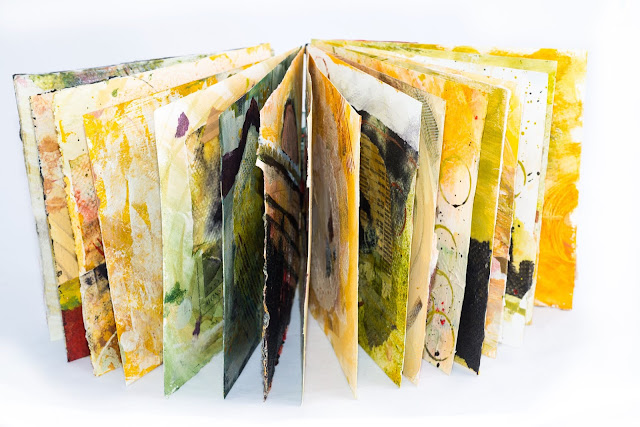The oval path that surrounds Osage Station Park offers me a place to exercise and watch the changes that occur in the park as I walk four times around. Last week I came at the right time of the year to find Osage oranges littering the walkway under three trees. I used to walk this path every day but I never knew what these strange, lime green, warty objects on the path were. On this walk I used my new app, Picture This, to identify this peculiar fruit as Osage oranges that fall from three trees in the park and splatter themselves on the pathway.
I began the walk at the children's playground, which is nestled next to a memorial rose garden. Each rose bush has a bronze plaque commemorating a loved one who died. I always thought that the juxtaposition of the playground and the memorial was unusual in American culture.
Back then the children in the park used both the playground and the rose garden as part of their adventures. Now there is a sign posted in the rose bed, "Do Not Play in This Area at Any Time." I was sad to see the sign that fenced off imagination and connection to generations gone by.
I walked under the alders and black oak, which had lost their leaves in the fall, and by the middle school, which spewed out kids who ran around the path for exercise. Previously at this time of year, I would sometimes see a group pick up the fruit and throw them around. They would explode into fragments exposing the pithy interior and the seeds at the core. The oranges are not edible, some think they are poisonous, and the juice can irritate the skin. Squirrels and birds love the seeds. Cows and horses that try to swallow them whole can choke on them. The tree itself makes fine wood and hedges. The Osage, from which the tree is named, used the wood to make bows and arrows.
The Tatcan tribe were the original occupants of the land, not the Osage. The Osage, who called themselves the Ni-u-kon-ska, lived originally on the East Coast but migrated inland to the Kansas area. After the Civil War, they were forced on to a reservation in Oklahoma.
The Osage have an unusual history for an indigenous tribe moved to a reservation. At the turn of the 20th century, they became the richest per capita people in the world due to the discovery of oil under their land. They had been ceded the mineral rights to the land and prospered. But during the period between 1910 and 1930, people of the tribe either disappeared or were murdered. Many also lost their rights to the annual oil income due to chicanery. The Bureau of Investigation finally came to find the killers. The Osage murder story can be read in David Gann's true crime novel, The Killers of the Flower Moon: the Osage Murders and the Birth of the FBI. A good read.
A long walk around Osage Park keeps me in shape, allows me moments of exploration and reflection, and sometimes helps me arrive at a topic for my blog.
Try Picture This to identify plants: (not a free app)
https://apps.apple.com/us/app/picturethis-plant-identifier/id1252497129
To learn more about the Osage tribe:
https://www.britannica.com/topic/Osage
To learn more about the Osage murders:
https://www.pbs.org/newshour/arts/the-forgotten-murders-of-the-osage-people-for-the-oil-beneath-their-land
To read David Gann's true crime novel, Killers of the Flower Moon: the Osage Murders and the Birth of the FBI, go to
https://www.powells.com/book/-9780307742483





























